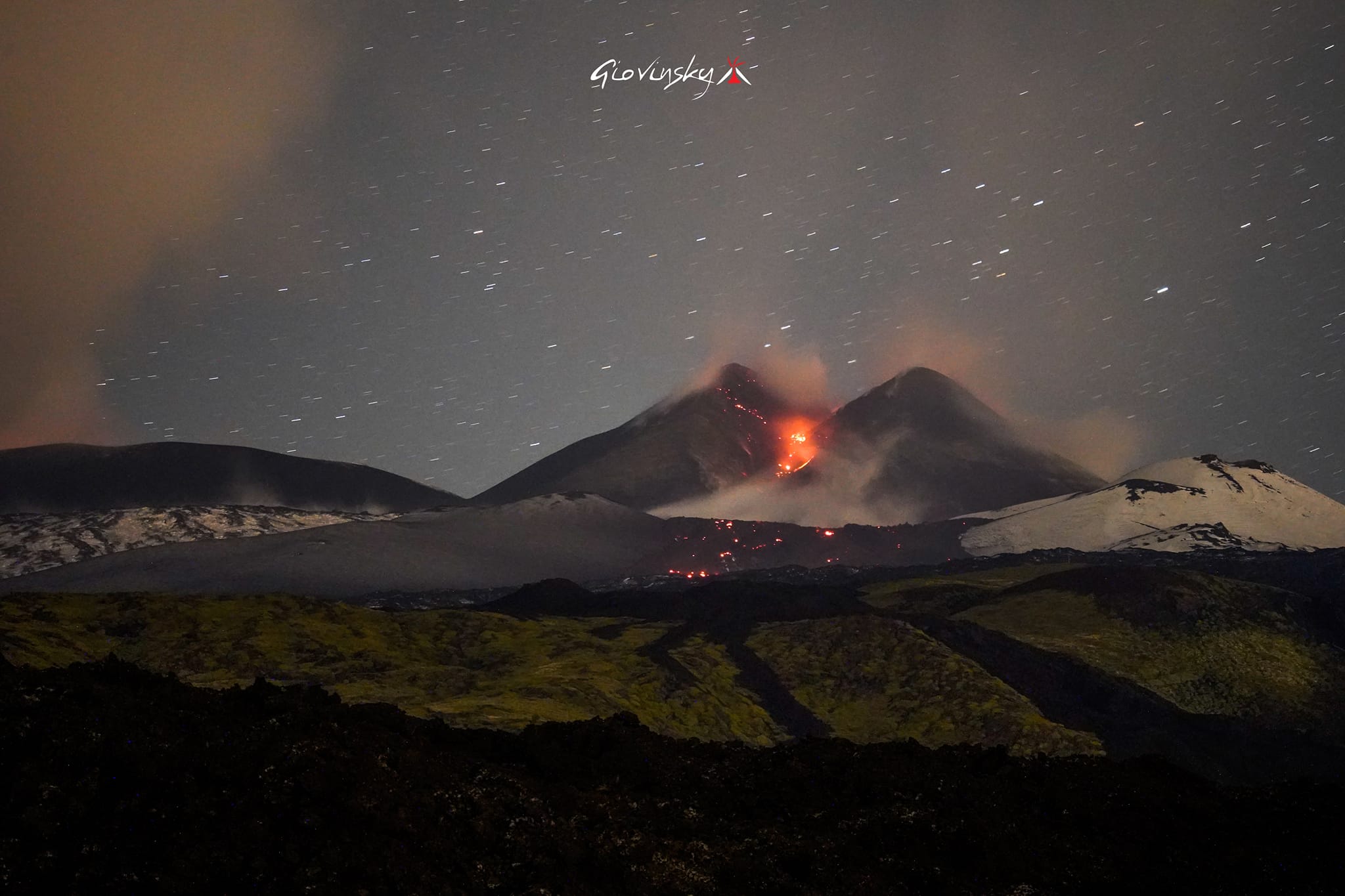May 24, 2023. EN. Italy / Sicily : Etna , Italy : Stromboli , Mexico : Popocatepetl , Chile : Laguna del Maule , Colombia : Nevado del Ruiz .
May 24 , 2023. Italy / Sicily , Etna : Communique on the activity of Etna, May 23, 2023, 08:34 (06:34 UTC). The National Institute of Geophysics and…

